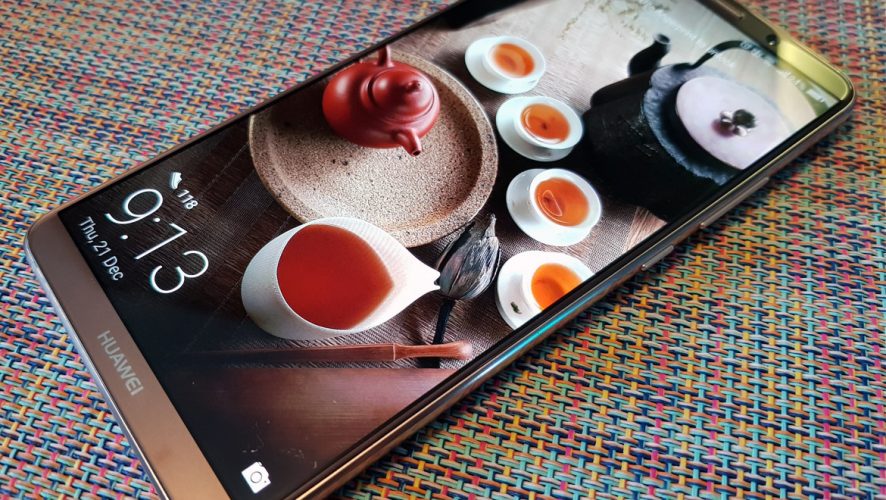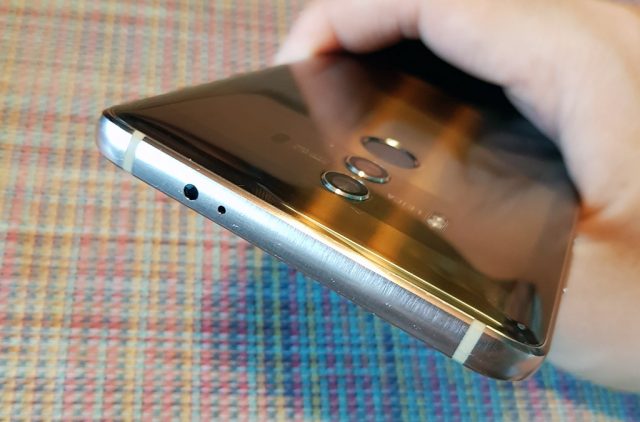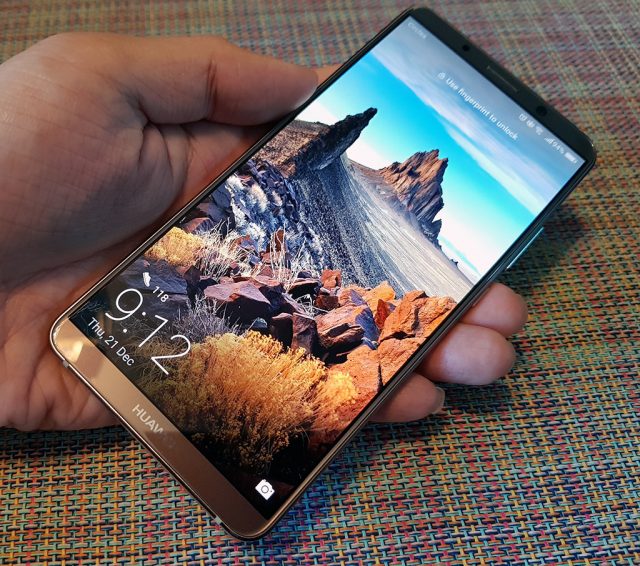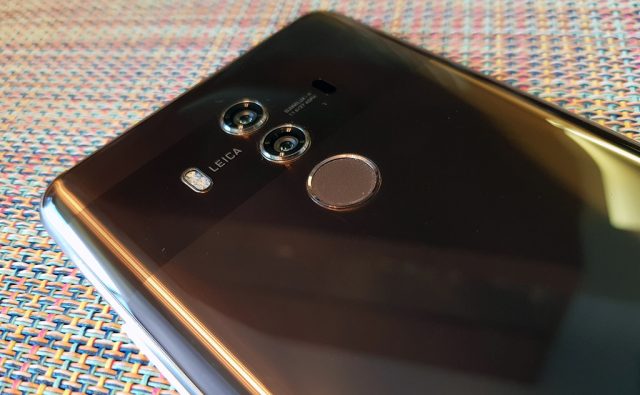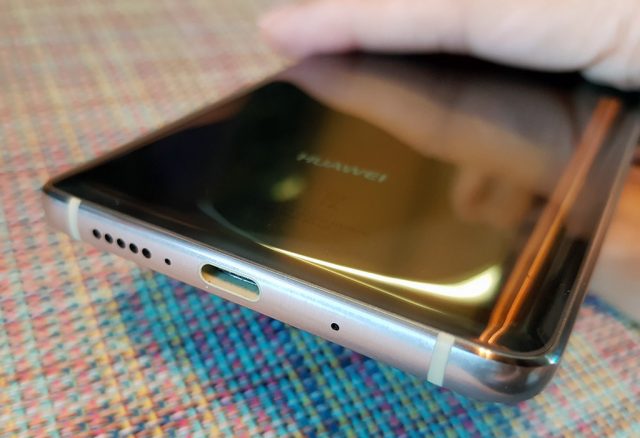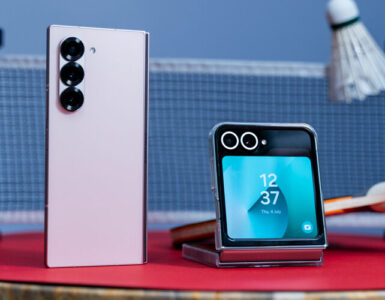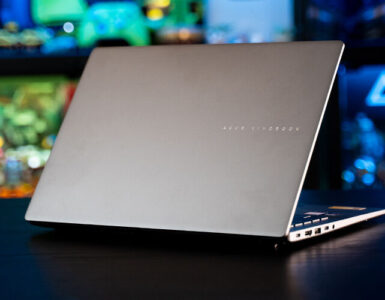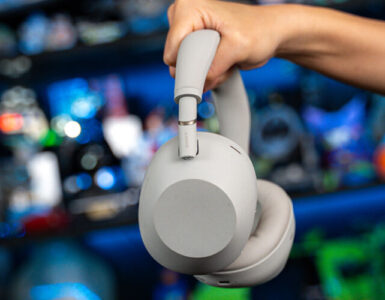A decade ago, a seasoned Korean tech company dared to go up against a leading American tech giant in the smartphone market, and both are now jockeying for the top spot.
Over the years, other companies have tried to pit themselves against the best, but few have come close. This year, Huawei has managed to do the impossible, by not trying to take down both leaders, but aiming for what it considers to be the weaker of the two, Samsung.
In terms of hardware, the Huawei Mate 10 Pro is a natural progression of the China company’s Mate series of Android smartphones. It uses Huawei’s own Kirin SoC (System On a Chip), which the company has been using on its own devices for a while now. There’s also the partnership with Leica, which has done wonders for the reputation of the camera on Huawei’s flagship series of devices.
When it comes to software and design though, there are elements of Samsung that have seeped through, from the curved rear edges, the Amoled display and the bloatware. The most blatant of it all? Why launch only one flagship device, when you can tweak the specifications and release two models of the same phone? Samsung has done it, and so has Apple.
On curious thing Huawei has done though, that is different from the rest, is that even though the Mate 10 Pro bears the elevated title in its name, and it is bigger compared to the Mate 10, it doesn’t necessarily contain all the best that Huawei has to offer.
While the Pro has the 6-inch OLED display, the Mate 10 has the 5.9-inch LED, but it is the LED screen that offers the sharper 2,560 x 1,440 pixel resolution. The Pro here is the 128GB variety, but it doesn’t have MicroSD storage, while the 64GB Mate 10, has a MicroSD slot. And though the Pro is physically larger, it uses the same 4,000mAh capacity battery as the Mate 10. If that’s the case, the S$1,098 price point over the S$888 Mate 10 seems rather curious.
Thankfully, the other more significant features on the Mate 10 series have remained the same across both devices. The most stand out is the camera, and the first thing that users will try out when considering a new purchase. It’s speed and UX are top notch, and its performance is very good.
But the most incredible feature that no user will ever notice is the Neural Processing Unit (NPU), or artificial intelligence in the phone’s processor. In theory, the phone will analyse the usage pattern on the device, and make processes smoother on the device.
This is not something that can be determined by a simple week’s use of the device, but in the 6 weeks or so in my hands, the phone has established some patterns. It knows that WhatsApp and Facebook Messenger are essentially “Always On” apps, and no longer warns me that both these apps are draining my battery and device processes. The other way it is used is when taking photos.
The dual camera on both Mate 10 devices are made up of two sensors. There’s a 12MP (megapixel) RGB lens with f/1.6 aperture, with optical image stabilization, and another 20MP f/1.6 aperture monochrome lens.
The magic is when their powers combine, to offer 2X optical zoom and a nifty boken mode. The monochrome lens offers stunning black and white photos, and the photos created are some of the most incredible shots I have seen.
The NPU essentially reads the subject in front of the camera, and adjusts the camera to adapt for the photography. Be it a sunny, open air shot, or an indoor one of food, or of a child or pet, the camera tweaks the settings, to create the most optimal photo. The AI can identify up to 14 scene types, and adjust camera parameters to produce better pictures.
So far, the mix of colours are amazing, and there have been no need to tweak any settings in the camera, to produce some amazing shots. The camera retains the same Huawei interface from before, where there is the simple, Point and Shoot mode, and the more complex Pro mode.
In low light mode though, I did notice that the camera would display a warning, that the phone was sharpening the photo and the user should hold the camera still while the phone processes the shot after the shutter button is activated. The warning usually lasts for about two second, but this is not a warning users want to see when taking group shots of friends at dinner.
Truth be told, there were no obvious differences to shot taken with and without the two second pause, but Huawei must have placed it there for a reason. The fact that it also doesn’t appear in every low light shot means that the camera is hard at work on certain shots, but how is a user supposed to compensate for it, and know when the camera should be held steady, or not?
The camera also has a habit of shutting off the screen when not in use, but the window for this is rather quick, so Huawei might want to extend the time before the screen is automatically disabled.
Software-wise, the Mate 10 Pro runs Android 8, with Huawei’s own user interface layered on it. If you hate bloatware, then there’s nothing on Huawei’s software that will change your mind about it. One great feature is on the battery life. What Huawei has done to beef up battery life is working well, and the power management here is worth highlighting.
As for charging, there is no wireless charging here, but the company is incorporating its SuperCharge technology here. The bad news? This boosted charging requires the use of Huawei’s proprietary charger and cable.
At S$1,098, this is not the cheapest phone, nor does it offer the best that Huawei has to offer. While this is a great phone by the Chinese company, it’s not worth the additional S$200 when compared to the equally great Mate 10.
GEEK REVIEW SCORE
Summary
Huawei has come up ahead of HTC, LG and Sony, to offer a device that rivals that of the Samsung Galaxy S8. With Samsung busy fighting Apple, it might want to look at where Huawei is at in this race, before it gets passed in this tight race.
Overall
8.4/10-
Aesthetics - 9/10
9/10
-
Build Quality - 9/10
9/10
-
Performance - 8/10
8/10
-
Value - 8/10
8/10
-
Geek Satisfaction - 8/10
8/10

